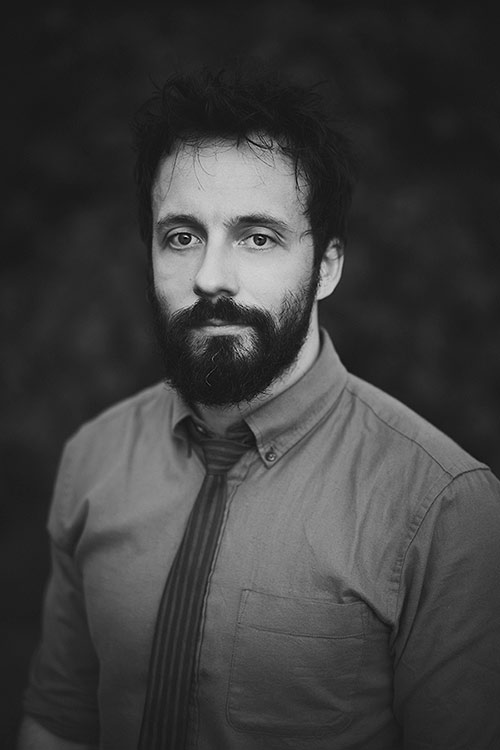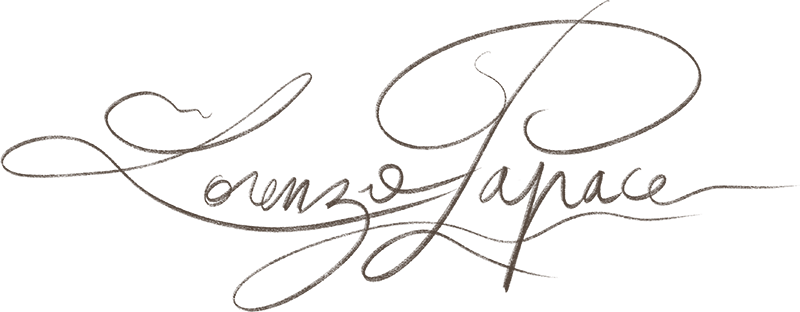I constantly find myself reflecting on my artistic practice. Why do I prefer to do things this way rather than another? What rules should I impose on myself—and which ones should I break? What tools should I use? Why and how do I try to avoid computers, technology, even electricity?
These questions haunt me, and most of the answers come through the act of doing itself—through practice, through gesture. According to the Dictionnaire historique de la langue française, the word art shares the Indo-European root ar– with armus (“upper arm”), ritus (“rite”), and arthron (“joint”). This suggests that for us, everything begins with a gesture—a ritualized movement of the arm.
Furthermore, artistic practice is not just a matter of personal preference. It is largely shaped by our social, economic, historical, and political context. To think about art today—to reflect on our role as artists—we must study the triumphant industrial capitalist civilization we live in, along with the mass culture and entertainment it produces. Fortunately, others have said this before me, and better than I ever could. For instance, Jacques Ellul, a major ecological thinker of technology, who in 1980 wrote The Empire of Nonsense: Art and the Technological Society, republished in 2021 by Éditions L’Échappée. He puts into words what I could not yet articulate—and more.
In this book, Ellul describes long-term trends that still hold true today—especially in the age of so-called “artificial intelligence”: Art has become Technique, evacuating meaning in favor of process and operation. The artist—even the most “revolutionary and subversive” (especially the most revolutionary and subversive!)—is gradually reduced to a technician, absorbed by the cold mechanics of devices and the “digital revolution.”
On one side, contemporary art no longer aims to produce meaning, symbols, or ideas—only forms and sounds (musicians today often say they “produce sound,” rather than creating music that is pleasing to the ear).
On the other, pseudo-rebellious discourse overshadows form: “the gibberish of discourse hides its emptiness.” The artist desperately seeks scandal, in a spiral of individualism, narcissism, and transgression (perfectly aligned with dominant liberal ideology), also echoing the dualist domination of mind over matter, spirit over body, and so on.
In the book’s preface, Mikaël Faujour writes insightfully about the technicist relationship to matter:
« It strips away what is deepest and truest in the creative act: the resistance of the material, which in turn shapes the creator. It amputates the unpredictable, the accidental, the mysterious exploration—of self, of the world, of matter, of symbols. When an artist produces a protocol, a performance, an installation that simply illustrates a concept without engaging the work of a material, they become a channel for a logic of control—and thus, for the overbearing and managerial will to power that defines technical …»
This is exactly what I seek in materials (whether paper, glue, paint, piano, violin, or sunlight): resistance, and a degree of unpredictability in shaping stories. A vibrant and living creative process is an adventure, an exploration—a risk of never reaching the intended destination. One must go through the material.
Since the computer is programmed to do exactly what it’s told, I try to push back against its use, or circumvent it through all kinds of compromises. I sometimes introduce chance into my process, considering how deeply the Machine has colonized our lives. Ellul writes:
« For it is clear that we always come back to this: if art is essentially a bearer of meaning, the computer has no place in it. If the computer imposes itself upon us in the brilliance of its obviousness, then art must cease to convey meaning. For the computer can do everything (or so they say), except create meaning—for that stranger that is the human being. »
Another challenge we face is that of freedom—relative, and often quite illusory. Here is how Ellul presents it:
« Mies van der Rohe said, as many others have: ‘Too much freedom is not good—constraints are the best stimulants for the architect.’ If reality, tradition, or meaning no longer impose any constraint, then the artist invents their own little rulebook; if there is no longer any external reference, it is replaced with a theoretical framework, entirely arbitrary. […]
We are faced with a freedom… from which the artist cannot escape. And this in turn places them in difficulty. For never has the artist faced such problems. And, echoing what we wrote earlier, the first of these problems comes from the loss of traditions.
In the past, the artist, enmeshed in a web of ethical and social traditions that translated directly into a certain aesthetic style, had reference points, and followed a set of rules and forms that both restrained and empowered them. Tradition offered a foothold to leap beyond. Rules were a springboard for creative strength. These were not just obstacles, but trampolines.
Technological civilization has shattered customary ethics, social control, and slow-moving aesthetic forms. It has thrown the artist into a freedom made of emptiness. The artist can do anything—but, no longer anchored in tradition, cannot avoid the anxiety of discontinuity. They are forced to start from scratch, since everything has been shaken by the shock of technique. It’s no accident we return to primitive art or rediscover ancient forms—those who, like us, had to start from nothing and tried to give aesthetic … »
All of this deeply resonates with my own experience. If art once reflected the natural world, it now reflects our new environment: our “technotope” (as Le Règne Machinal by Pièces et Mains d’Œuvre calls it). We live in a technical, artificial, toxic, violent, mass-produced, programmed world. Modern and contemporary art are its image.
Where life is free, accidental, singular… industry is commercial, preprogrammed, uniform. Thus: “as long as art is modern, it will reflect the absurd.”
There remains hope for art to regain its vitality—“if it breaks radically from the technical system.” I believe it’s nearly impossible to do so, as long as industrial civilization, which destroys life on Earth, continues to shape our material conditions. All the more reason to end it. And in any case, changing art alone won’t stop this civilization from devouring the world. That will require more force.
This is where I stand today.

I am open to artistic commissions, residencies, scenographic, video, or musical collaborations.
A project in mind? A strange dream to bring to life? Let’s write it together.

Veuillez m’écrire à mon adresse ou bien utilisez le formulaire ci-dessous. Je répondrai dans les meilleurs délais.
Veuillez m’écrire à mon adresse ou bien utilisez le formulaire ci-dessous. Je répondrai dans les meilleurs délais.
Sign up to the newsletter for the latest updates and exclusive offers from the shop.
Sign up to the newsletter for the latest updates and exclusive offers from the shop.